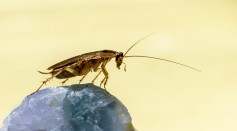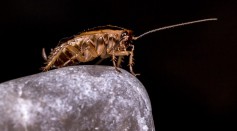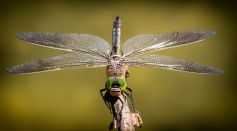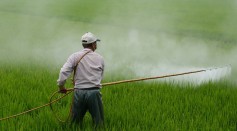pesticides

Scientists Use Insects’ Sex Hormones To Get Away From Pesticides

AI-Powered Cockroach Eliminator Could Make Pest Control More Efficient, Humane in the Future

Thousands of Fish Wash Up Dead on Oder River Possibly Due to Toxic Chemicals

Cockroach Evolution: Insects Have Sugar-Free Diet to Avoid Pesticides, Affecting Its Mating Behavior

Easy Pesticide Detection Possible Through New Nanosensor Than Scans Fruit in Just Minutes

Magnet-Controlled Tiny Robots Offer Novel Way of Cleaning Chemical Pollutants From Water Resources

Dragonflies Could Potentially Replace Pesticides, Algerian Biologist Suggests
Ant Chemicals Used to Combat Plant Diseases; New Study Shows How They Can Substitute Pesticides
Barry the Owl's Death in New York Potentially Caused by Rat Poison That Affected Flight Ability
Bees, Pollinators, Pollination Under Threat Due to Environmental Pressures: Analysis Cites Agrochemicals Including Pesticides Among the Causes
Invasive Insect Extermination: Study Finds Nematode Bacteria as Effective Pesticide Against Fire Ants
Fluorescence Used to Monitor Water Quality by Detecting Hydrocarbons and Pesticides in Real-time

Pesticides Exposure Increases Susceptibility to COVID-19, Study Finds
Powerful Insecticides Harming Deer Population, Fawns Die Early in Minnesota
Most Popular

How Technology Is Changing the Real Estate Industry?

How a Plant-Based Diet Can Protect Against Breast Cancer: Insights from Nutrition Research

Study Reveals High Turnover in Scientific Research Careers: What This Means for Future Scientists

Why It's So Difficult to Lose Weight: The Biological Explanation Behind Obesity





